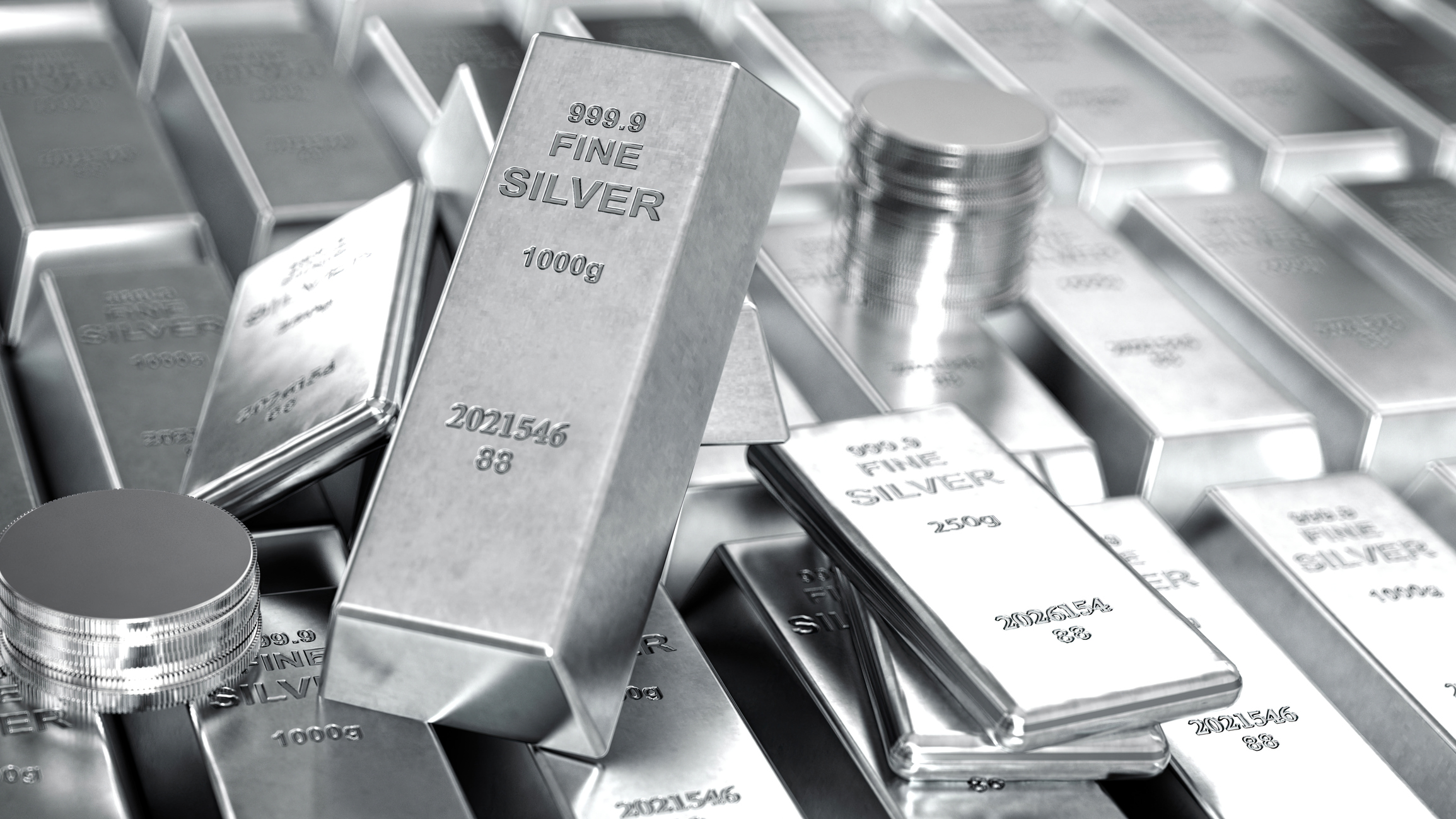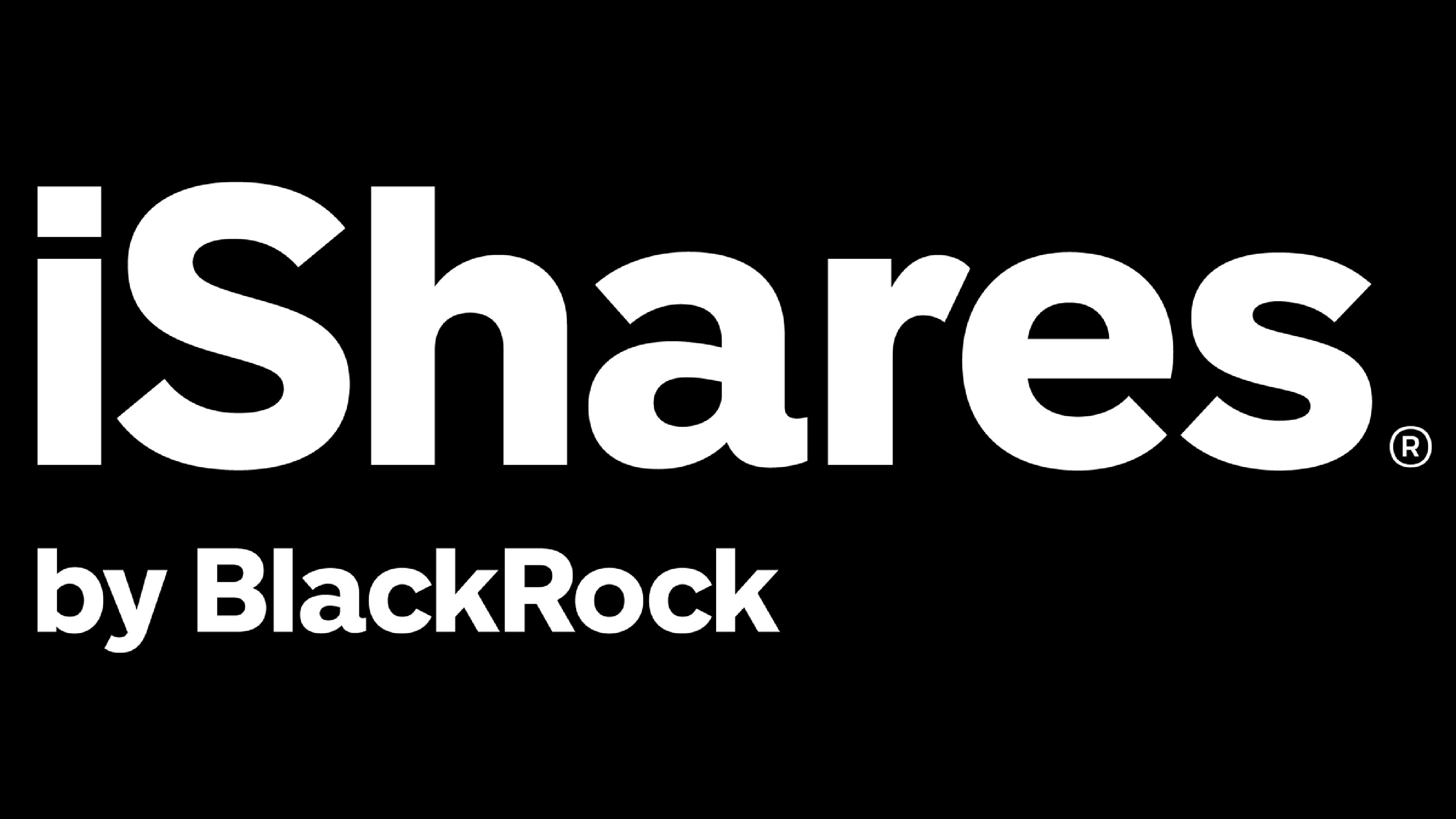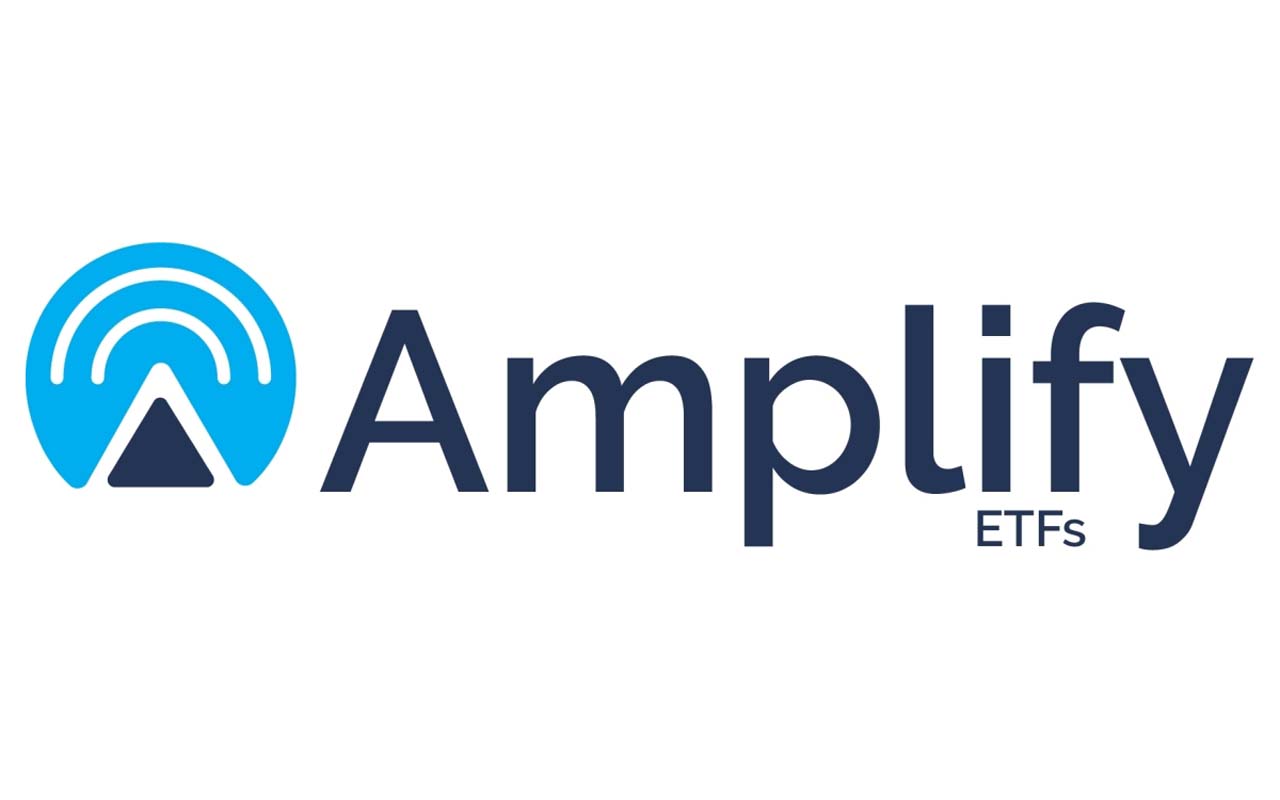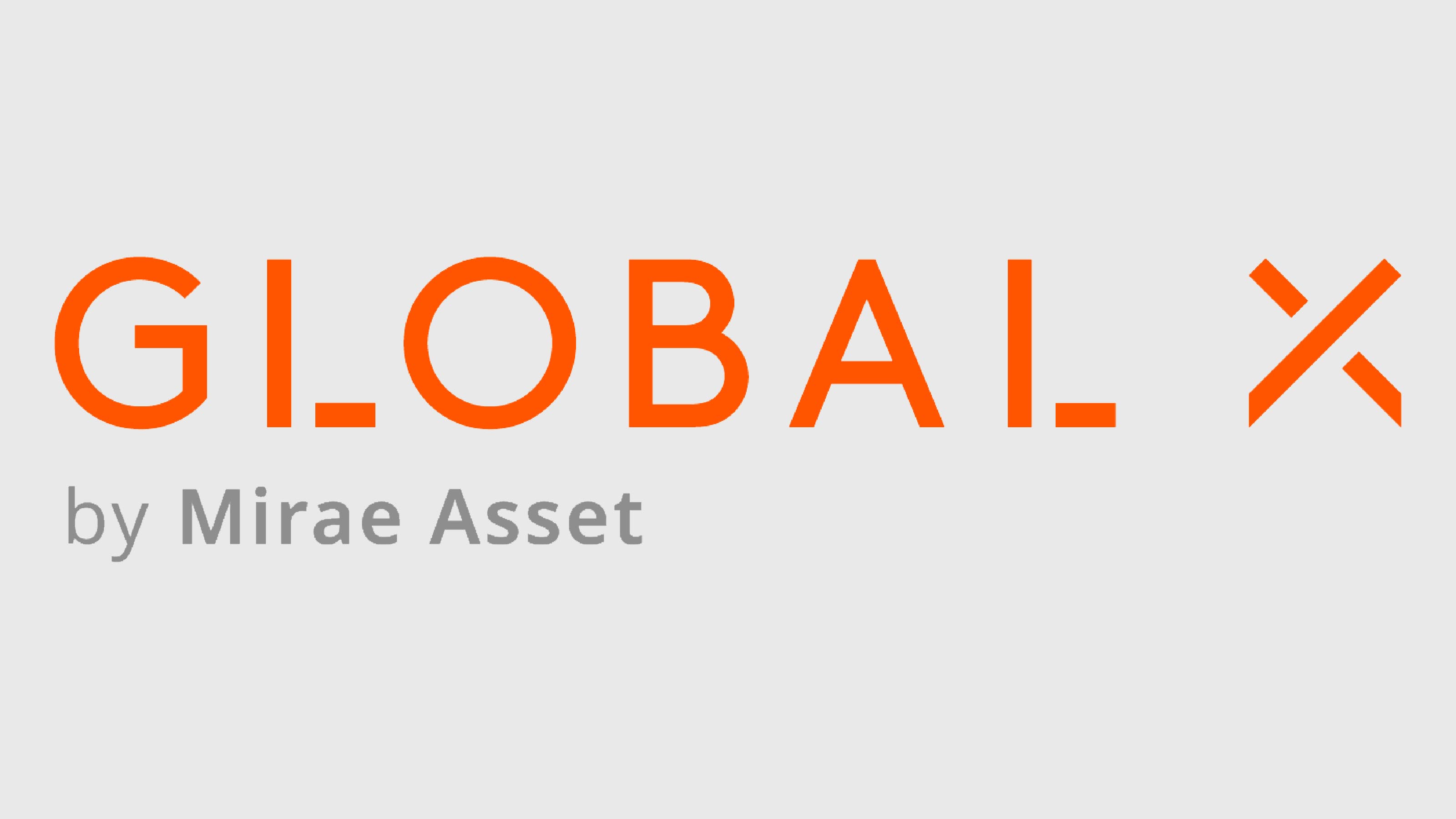Best Silver ETFs to Buy Now
Silver will always sit in gold's media shadow, but the best silver ETFs can help you enjoy runs of outperformance.


Silver might never hold a candle to gold. But that doesn't mean you can't put it to good use in your portfolio – and what better way than with the best silver ETFs.
Between the end of 2018 and the end of 2022, silver gained more than 50% and outperformed gold by more than 10 percentage points, providing wind beneath the wings of silver exchange-traded funds.
But silver remains in gold's shadow when it comes to financial media coverage, particularly since gold has traded up to new all-time highs in 2025.
Still, silver has notched notable milestones of its own, and investors would be wise to pay attention to its potential for outperformance.
Indeed, there are several reasons to consider investing in silver, even if it's just a small allocation.
"While gold tends to get the most attention, silver, along with platinum and palladium, is also an important piece of a precious metals portfolio," says Charles Sizemore, principal of Sizemore Capital Management. "While silver also has more industrial uses, and is thus somewhat sensitive to the economic cycle, it has also been a viable inflation hedge over time."
And several tailwinds are conspiring to lift silver higher in the near term.
"Ongoing macroeconomic and geopolitical uncertainty, plus upcoming U.S. rate cuts, are expected to sustain investor interest in precious metals, generating medium-term price strength in silver," writes The Silver Institute in its World Silver Survey 2025.
What are the best ETFs for silver?
The pool for silver funds is relatively small.
Using my professional experience as editor-in chief for WealthUp and former senior investing editor at Kiplinger and managing editor at InvestorPlace, I looked for the best ETFs to buy that gave different degrees of exposure to silver.
These picks include funds that own the actual metal itself as well as those that invest in mining stocks.
If you're feeling bullish on this often-snubbed metal, here are five of the best silver ETFs to buy.

iShares Silver Trust
- Assets under management: $17.4 billion
- Expenses: 0.50%, or $50 annually for every $10,000 invested
For most investors, ETFs are a much better way to play gold, silver and other precious metals than actually owning the metal itself.
Rather than find someone to buy bars or bullion from, then arrange delivery, then find somewhere safe to store the metal, then deal with the difficulty of finding a buyer when you're ready to unload it, ETFs such as SLV allow you to buy and sell silver with the click of a button in your brokerage account.
Apart from being heavy and difficult to store, physical silver can also trade at a large premium to spot prices. Thus, for exposure to silver, "you might be better off buying an ETF or even playing the futures market," Sizemore says.
That includes silver ETFs such as the iShares Silver Trust (SLV).
SLV is the largest fund of its kind and arguably one of the best silver ETFs to publicly trade the precious metal.
The fund, which launched in 2006, currently holds nearly 450 million ounces of physical silver in its vaults, located in England and the U.S. Thus, SLV shares are a physically backed representation of the price of silver.
This method does share one downside with holding physical metals, which is that commodity ETFs backed by physical metals are also treated like collectibles from a tax perspective. In other words, if you hold for more than a year, you still don't enjoy the advantaged long-term capital gains rate, which tops out at 20%.
Instead, you pay a collectibles capital gains rate, which is capped at 28%. Thus, tax-advantaged accounts like IRAs are the best investment accounts for holding these kinds of funds.
Regardless, unless you're truly worried about an apocalyptic scenario, SLV and other silver ETFs will do just fine for most investors.

Amplify Junior Silver Miners ETF
- Assets under management: $1.4 billion
- Expenses: 0.69%
Another way to squeeze more juice out of silver ore is through so-called junior miners. Traditional miners are exactly what you imagine: a team of people and machinery built to extract silver ore from the earth.
But how do they know where to dig? Junior silver miners help point production companies in the right direction.
They're tasked with discovering silver deposits, determining how rich their resources are, and sometimes helping get mines up and running. But their involvement typically ends there.
It's a high-risk, high-reward business, and that's reflected in the boom-or-bust movement of their shares.
The Amplify Junior Silver Miners ETF (SILJ), which calls itself "the first and only ETF to target small cap silver miners," does do that … but it also invests heavily in traditional silver miners such as top holdings Coeur Mining (CDX) and First Majestic Silver (AG).
SILJ's modified free float market-cap weighting makes it so these types of miners carry a lot of heft in the fund, but it does hold some smaller players such as Vizsla Silver.

Global X Silver Miners ETF
- Assets under management: $2.0 billion
- Expenses: 0.65%
Global X Silver Miners ETF (SIL) is similar to the previous name featured on this list of the best silver ETFs. Rather than investing in the metal itself, SIL invests in the companies that pull silver out of the ground.
Here's what you need to know about mining stocks: These companies extract ore and process it – and if they can do that at a lower price than what they sell that metal for, they produce a profit. So, if you own silver mining stocks that have low production costs while silver prices are increasing, you're typically in a good place.
The Global X Silver Miners ETF has been kicking around for more than a decade now and holds 40 companies involved in mining – some are actual miners, while others hold royalty or streaming interests in mining operations.
Top holding Wheaton Precious Metals (WPM, 20.8% of assets), for instance, currently boasts streaming agreements for 18 operating mines and 28 development-stage projects. (Just note that like some of SIL's other holdings, WPM has exposure to gold stocks, too, so it's not perfect silver-mining exposure.)
Mining ETFs tend to be pretty top-heavy, and SIL is no exception; nearly half its assets are concentrated in the fund's top five holdings, including its massive overweight in Wheaton.
One last thing to note: Silver miners tend to be "jumpier" than silver itself, so when the metal moves, SIL often moves more aggressively in the same direction.
Admittedly, SIL receives a Negative rating at Morningstar. While the financial services firm applauds the fund's low cost, it believes the fund manager "could do more to retain its portfolio managers," which average just "five years at this fund."
Still, for investors who want broad exposure to mining stocks, SIL is worth a closer look.

Abrdn Physical Silver Shares ETF
- Assets under management: $2.0 billion
- Expenses: 0.30%
If you want the oldest and largest silver ETF, SLV is your fund. But you'll have to look somewhere else for the cheapest way to buy the metal.
Abrdn Physical Silver Shares ETF (SIVR) is another physically backed silver ETF. But this one is significantly less expensive than SLV – fees are 20 basis points (a basis point is one one-hundredth of a percentage point) lower than iShares' offering.
There's scant difference between SIVR and SLV. Both are backed by physical silver, though in Abrdn's case, all the metal – in the form of silver bullion bars – is held in London vaults. SIVR shares represent an interest in that silver, minus the fund's expenses.
And because the two silver ETFs track the same metal pretty closely, their charts tend to look almost identical – though SIVR has performed marginally better over time thanks to its lower expenses.
So why does SLV hold so much more in assets than SIVR?
Part of it is iShares' first-mover advantage (SIVR launched three years after SLV). But SLV is also a much more liquid fund, averaging 21 million shares traded daily versus less than 1 million for SIVR. While Abrdn's fund has decent enough liquidity for buy-and-holders, SLV's superior liquidity is much more attractive to agile traders looking to get precise entry and exit prices from the best silver ETFs.

iShares MSCI Global Silver and Metals Miners ETF
- Assets under management: $318.6 million
- Expenses: 0.39%
The iShares MSCI Global Silver Miners ETF (SLVP) is on this list of the best silver ETFs because it offers a somewhat different and less expensive option for investors interested in silver mining companies.
Like SIL, SLVP does have some interest in companies that mine not just silver but also gold and other metals. However, the fund's tracking index starts each rebalancing by targeting companies that primarily mine silver then seeks out companies with gold and other metal interests.
On its end, SLVP limits the weight of large- and mid-cap gold companies to 5% of their market cap, caps all issuer weights at 25%, and ensures all issuers with weights above 5% don't combine to exceed 50% of the fund's entire weight.
The result is a fund that holds roughly 30 stocks, with Mexico's Industrias Peñoles (IPOAF) topping the fund at 18.2% of assets, and Hecla Mining (HL) at 12.1%. Some gold-focused miners, including Agnico Eagle Mines (AEM), have floated to near 5% of holdings at times thanks to their price gains. Wheaton Precious Metals is an SLVP holding, too, but accounts for less than 6% of assets.
This iShares ETF still offers imperfect silver-mining exposure. But it is 26 basis points cheaper than Global X's fund, if you value low expenses above all else.
Learn more about SLVP at the iShares provider site.
Related content
Profit and prosper with the best of Kiplinger's advice on investing, taxes, retirement, personal finance and much more. Delivered daily. Enter your email in the box and click Sign Me Up.
Kyle Woodley is the Editor-in-Chief of WealthUp, a site dedicated to improving the personal finances and financial literacy of people of all ages. He also writes the weekly The Weekend Tea newsletter, which covers both news and analysis about spending, saving, investing, the economy and more.
Kyle was previously the Senior Investing Editor for Kiplinger.com, and the Managing Editor for InvestorPlace.com before that. His work has appeared in several outlets, including Yahoo! Finance, MSN Money, Barchart, The Globe & Mail and the Nasdaq. He also has appeared as a guest on Fox Business Network and Money Radio, among other shows and podcasts, and he has been quoted in several outlets, including MarketWatch, Vice and Univision. He is a proud graduate of The Ohio State University, where he earned a BA in journalism.
You can check out his thoughts on the markets (and more) at @KyleWoodley.
-
 Forget FIRE: Why ‘FILE’ Is the Smarter Move for Child-Free DINKs
Forget FIRE: Why ‘FILE’ Is the Smarter Move for Child-Free DINKsHow shifting from "Retiring Early" to "Living Early" allows child-free adults to enjoy their wealth while they’re still young enough to use it.
-
 7 Tax Blunders to Avoid in Your First Year of Retirement
7 Tax Blunders to Avoid in Your First Year of RetirementA business-as-usual approach to taxes in the first year of retirement can lead to silly trip-ups that erode your nest egg. Here are seven common goofs to avoid.
-
 How to Plan for Social Security in 2026's Changing Landscape
How to Plan for Social Security in 2026's Changing LandscapeNot understanding how the upcoming changes in 2026 might affect you could put your financial security in retirement at risk. This is what you need to know.
-
 7 Tax Blunders to Avoid in Your First Year of Retirement, From a Seasoned Financial Planner
7 Tax Blunders to Avoid in Your First Year of Retirement, From a Seasoned Financial PlannerA business-as-usual approach to taxes in the first year of retirement can lead to silly trip-ups that erode your nest egg. Here are seven common goofs to avoid.
-
 How to Plan for Social Security in 2026's Changing Landscape, From a Financial Professional
How to Plan for Social Security in 2026's Changing Landscape, From a Financial ProfessionalNot understanding how the upcoming changes in 2026 might affect you could put your financial security in retirement at risk. This is what you need to know.
-
 6 Overlooked Areas That Can Make or Break Your Retirement, From a Retirement Adviser
6 Overlooked Areas That Can Make or Break Your Retirement, From a Retirement AdviserIf you're heading into retirement with scattered and uncertain plans, distilling them into these six areas can ensure you thrive in later life.
-
 I'm a Wealth Adviser: These Are the 7 Risks Your Retirement Plan Should Address
I'm a Wealth Adviser: These Are the 7 Risks Your Retirement Plan Should AddressYour retirement needs to be able to withstand several major threats, including inflation, longevity, long-term care costs, market swings and more.
-
 Stocks Struggle for Gains to Start 2026: Stock Market Today
Stocks Struggle for Gains to Start 2026: Stock Market TodayIt's not quite the end of the world as we know it, but Warren Buffett is no longer the CEO of Berkshire Hathaway.
-
 How New Investors Can Pick Their Perfect Portfolio, According to a Pro
How New Investors Can Pick Their Perfect Portfolio, According to a ProSee what Cullen Roche has to say about finding your perfect portfolio as a new investor and his two-word answer on where he thinks the stock market is headed in 2026.
-
 High-Net-Worth Retirees: Don't Overlook These Benefits of Social Security
High-Net-Worth Retirees: Don't Overlook These Benefits of Social SecurityWealthy retirees often overlook Social Security. But timed properly, it can drive tax efficiency, keep Medicare costs in check and strengthen your legacy.
-
 Do You Have an Insurance Coverage Gap for Your Valuables? You May Be Surprised to Learn You Do
Do You Have an Insurance Coverage Gap for Your Valuables? You May Be Surprised to Learn You DoStandard homeowners insurance usually has strict limits on high-value items, so you should formally "schedule" these valuable possessions with your insurer.

